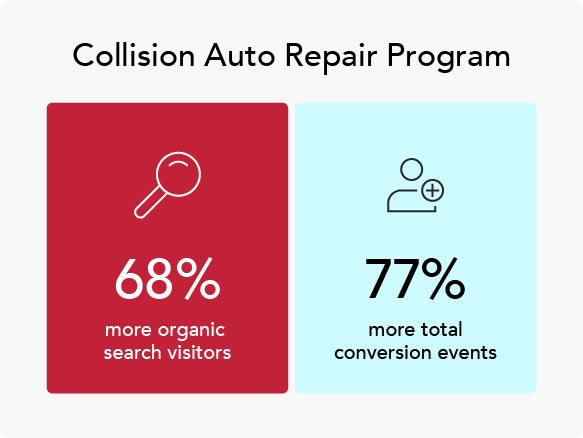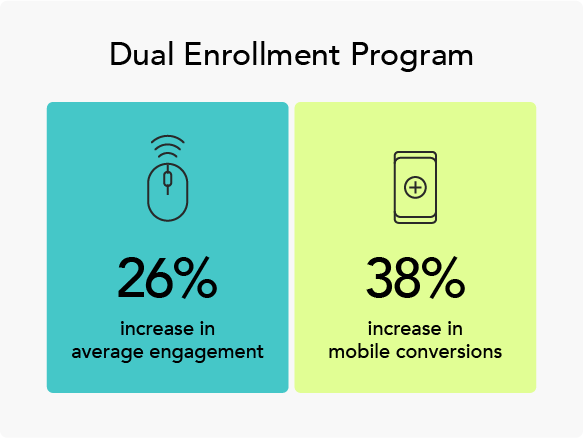
Sandra Fancher
March 28, 2025

I read a lot of RFPs. It’s not my favorite part of my job, but it is important to know if a project is a good fit for a prospective client and for our team.
The quality of the RFP tends to be an indicator of the overall success of the project. Sometimes I read an RFP and think to myself, “I’m afraid they are not going to get what they need.”
We have the advantage of reading hundreds and hundreds over the years and then seeing how the execution played out. Here are a few of our big takeaways that can help you create better RFPs, so you can get the work you expect from an expert, dependable agency partner.
Plus, we’ve created a default RFP you can use to make sure your next project starts on a firm foundation.
A vague RFP sometimes can be resolved in the question documentation. But that can result in hundreds of questions, which can push back your project timeline. Not to mention, answering all those questions is a big lift for your team.
The number of questions that come in can be a good indicator of the quality of the RFP. Here are a few fun numbers we tracked from October 2024 – March 2025 (six months):
RFPs that draw a lot of questions often get cancelled by the institution. The team decides they do not understand enough of the scope, or they want to rewrite the RFP—resulting in another delay.
Not sure if you should include a budget or not? Read my blog on RFP budgets for advice and average website costs.
Content is the number one factor in any budget. And content is the mechanism to tell your story. Structuring pages that are scannable, digestible, and that answer users’ questions gave Oakland Community College a content performance boost. After working with Stamats to optimize their pages, they saw significant improvements:


Avoid these missteps when writing your next RFP:
How to prep your content for a website redesign.
When writing your RFP, consider these points:
We want you to have a solid RFP because we believe a clear understanding of the work provides the best outcome. We have been collecting some of the best RFPs out there and have taken on the task of merging them into a sample website RFP specifically for higher education.
We’re always happy to help you come up with new ideas, troubleshoot and articulate the work you need.